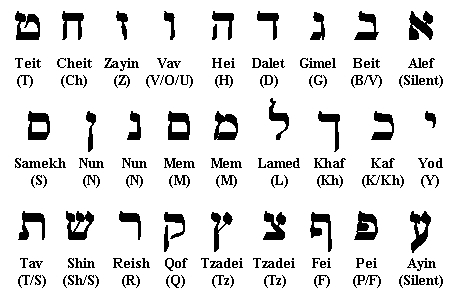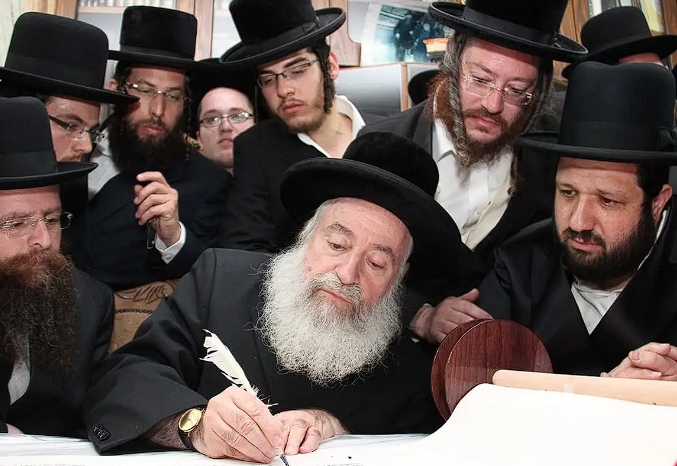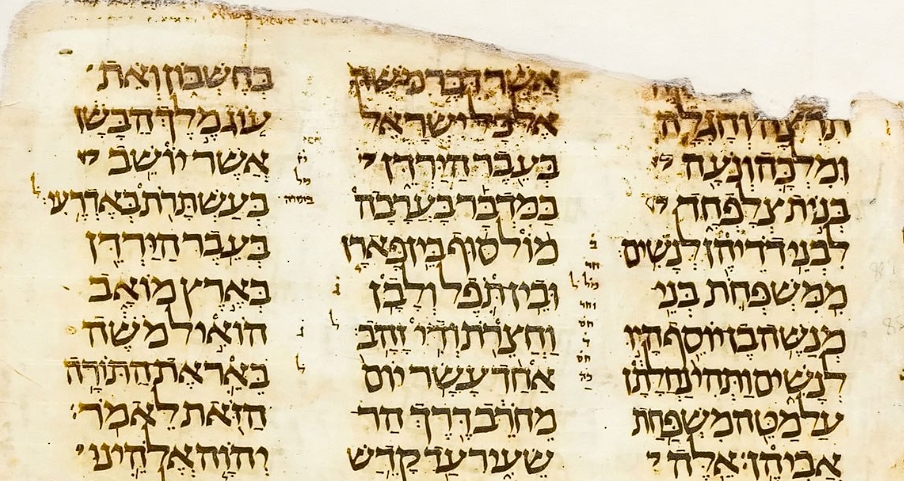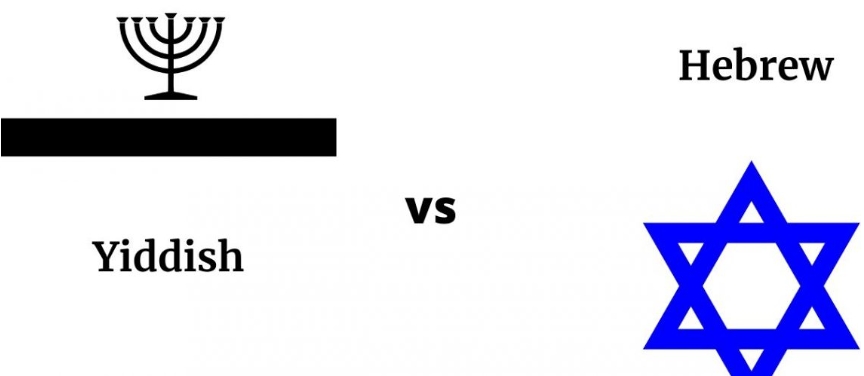While Hebrew and Yiddish might seem similar to those unfamiliar with them, both in appearance and sound, they are distinct languages with notable differences. If you’d like to be a step closer to becoming a word whizz, then dive into the post below to find out the differences and similarities between these two interesting languages.
Cousins with letters in common

- Both languages share the Hebrew alphabet, and Yiddish even incorporates some Hebrew words.
- They are both recognized as Jewish languages and are written from right to left, which can be particularly tricky for those who aren’t familiar with them.
Similar, But Not Scrambled
- Yiddish is very similar to German and Slavic languages, unlike Hebrew.
- Yiddish is associated with Eastern European Jews, and Hebrew is associated with the Middle East.
- The 22 letter Hebrew alphabet is all consonants, and vowels are indicated by marks. In Yiddish, silent Hebrew letters become vowels, and marks below letters have different sounds than in Hebrew.
- Understanding one will not make you understand the other! While they may sound similar to foreign ears, native speakers of either language will assure you that they are not the same.
What Language Families Do Hebrew and Yiddish Belong To?
Did you know that many modern languages trace their origins back to a handful of ancient tongues?
Hebrew, for example, belongs to the Semitic language family, like several other languages of the Middle East. In contrast, Yiddish is a Germanic dialect that blends influences from various languages, such as Hebrew, Arabic, and Slavic. Yiddish has a stronger resemblance to German than it does to Hebrew.
Yiddish emerged in Western Germany more than 800 years ago and gradually made its way to Eastern and Central Europe. In contrast, Hebrew has roots going back 3,000 years, making it far older—even predating the Bible!
Are They Official Languages?

Hebrew serves as the official language of Israel and, being the language of the Bible, is also central to Jewish religious practices and prayers. Yiddish, while not an official language of any country, is still commonly spoken in everyday conversations within certain Jewish communities around the world. New York, the UK, Canada, and Israel are some places where Yiddish is spoken by Hasidic Jewish people.
Today, about 10 million people speak Hebrew worldwide, while there are about 3 million Yiddish speakers across the globe. This makes it the most common language among Hasidic ultra-orthodox Jews.
Did They Have a Purpose?

Ancient Hebrew is the sacred language of the First Testament, the Jewish Bible, or Torah. Hebrew was initially reserved for religious practices and prayer among Jews. Modern Hebrew evolved from Biblical Hebrew, allowing it to become a more practical language for everyday communication within the Jewish community. Can you imagine trying to ask your neighbour for a loaf of challah in ancient Hebrew?
In contrast, Yiddish was created as a common, everyday language for Jews living in Central and Eastern Europe. These Jewish communities regarded Hebrew as a sacred language, to be used exclusively for religious texts and prayer.
Which Is Easier to Learn—Hebrew or Yiddish?

Yiddish is written phonetically, unlike Hebrew, and has letters for vowels instead of marks as in Hebrew. As a result, Yiddish is generally considered easier to learn compared to Hebrew.
But don’t let that deter you from learning Hebrew! Since Hebrew is more widely spoken, learning it can be more useful for visitors to our beautiful country of Israel.
This makes it totally your choice to determine which one you’d prefer to learn! No language is better than another, so feel free to choose whichever piques your interest more.
We recommend you to read this article: Sabra: The Prickly Symbol of Israeli Identity

